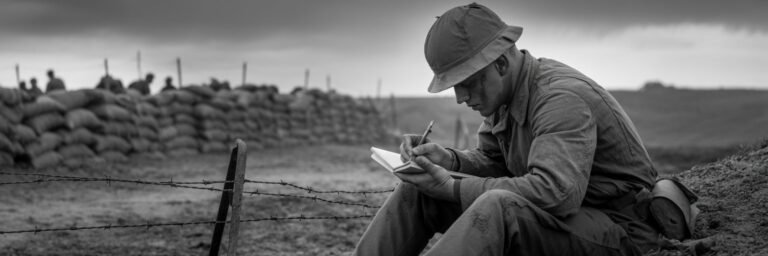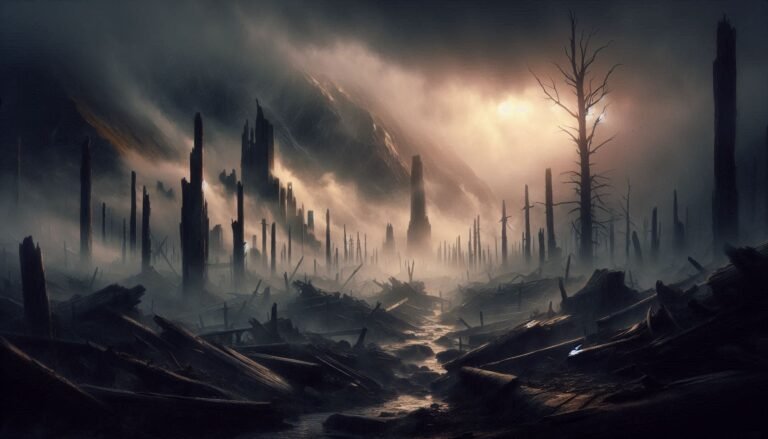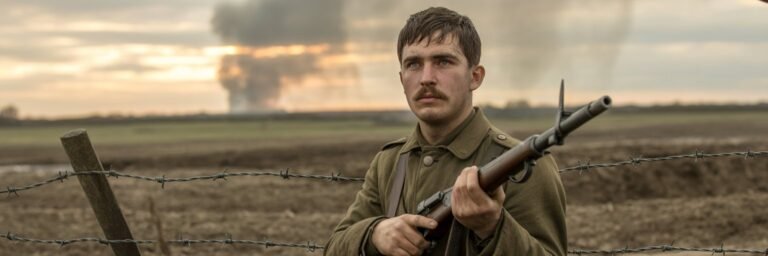INTRODUCTION
The advent of World War I steeped the world into an era of bloodshed and misery, but it also marked an epoch of massive sophistication in the political use of mass communication: the dawn of modern propaganda. Understanding this cultural phenomenon is not a mere academic exercise; it is an exploration into the architecture of power that shaped the 20th century and continues to reverberate in our consciences today. This labyrinthine journey of propaganda in the First World War unveils the mechanisms of persuasion, manipulation, censorship, and surveillance that were set in motion, radically transforming the relationship between the state, mass media, and the public.
HISTORICAL BACKGROUND
War propaganda has been an age-old concept, from ancient Egyptian Pharaoh Rameses’ depiction of the Battle of Kadesh on the walls of his temple to letters sent to Rome dramatizing victories of Julius Caesar. However, World War I signaled a paradigm shift in propaganda scales and methods. A devastating cocktail of nationalism, militarism, imperialism, and technical ingenuity birthed power games in global proportions. It was where nations balanced traditional warfare with its psychological counterpart.
On a scale never seen before, governments mobilized artists, intellectuals, advertisers, and filmmakers to sculpt public opinion and emotion. Notable historical figures who were directly involved or influenced by war propaganda included British Politician David Lloyd George, German Kaiser Wilhelm II, American President Woodrow Wilson, and Bolshevik ideologue Vladimir Lenin. Their use (or misuse) of propaganda essentially framed the conflict, molding the domestic and international perceptions of the war.
THEORIES AND INTERPRETATIONS
While government censors controlled the flow of information from the war front, the propagandists ensnared hearts and minds at home and abroad. Central to this process was the ‘atrocity propaganda’, which involved inventing or magnifying enemy war crimes to bolster hatred and maintain high morale, as theorized by historian Arthur Ponsonby in “Falsehood in Wartime” (1928). For instance, fabricated stories of Germans using ‘corpse factories’ to make soap from the bodies of their dead soldiers were composed. Such shocking tales fed the engine of fear, stimulating a sense of duty, and a will to fight ‘the evil enemy’.
However, not all interpretations view propaganda as purely deceptive. In his controversial work, “Propaganda: The Formation of Men’s Attitudes” (1965), French sociologist Jacques Ellul argued that propaganda was central to the functioning of the democratic process, providing direction and a sense of purpose during a crisis. Countering this view, Harold Lasswell in “Propaganda Technique in the World War” (1927) stated that propaganda was a tool of manipulation employed by the elite to maintain their grip on power.
MYSTERIES AND CONTROVERSIES
The business of deception inherent in war propaganda naturally imbues the field with many mysteries and controversies. Of these, perhaps the most compelling are the continuous debates about the extent and the effectiveness of propaganda. British historian Adrian Gregory, in “The Last Great War” (2008), disputes the traditional vision of society entirely bewitched by government spin, asserting that public mood often fluctuated independently of official propaganda.
War posters, a significant medium of propaganda, sparked countless debates. Many critics expressed concern about the overt racist and dehumanizing imaginations of the enemy in these posters. The Allied portrayal of Germans as ‘Huns’, a barbaric race, is one controversial example.
SYMBOLISM AND CULTURAL SIGNIFICANCE
In the realm of symbols, the ‘figure of the soldier,’ beaming masculinity and incorruptible patriotism, was a cultural trope created across warring nations. A key figure was ‘Tommy Atkins’ in Britain, a fictional patriotic Everyman. The U.S. saw the creation of ‘Uncle Sam’ while Australia famously utilized ‘digger’ symbolism.
In the cultural landscape, propaganda punctured deep in the realms of film, literature, and even children’s toys to amplify nationalist sentiments. Charlie Chaplin’s classic, “The Great Dictator,” though released after the war, humorously depicted yet laid bare the powerful imagery of totalitarian propaganda. In Germany, the book “All Quiet on the Western Front” by Erich Maria Remarque came under intense scrutiny and later banning for its perceived anti-war message.
MODERN INVESTIGATIONS
Current scholarship probes enduring questions regarding propaganda. Canadian communications theorist Marshall McLuhan proposed that “World War I was the first war fought under the conditions of the Electronic Age,” highlighting the importance of mass media. More recent scholars expound upon these themes; David Welch, with his book “Propaganda: Power and Persuasion” (2013), offered an in-depth investigation into propaganda’s role in developing modern society.
There is also fascination about the connections between World War I propaganda and subsequent political propaganda, such as that produced by Nazi Germany. The infamous Minister of Public Enlightenment and Propaganda, Joseph Goebbels, once admitted, “We learned a great deal from the English.”
LEGACY AND CONCLUSION
World War I propaganda’s legacy lies not just in the past echoes of ‘war to end all wars’ but also in its implications today. The tools and techniques developed during the war have permeated political campaigns, advertising, and even social movements. While the advent of digital medium created new landscapes for propaganda, they still resonate with lessons from history about the nature of mass persuasion.
As we journeyed through history, we witnessed the deployment and consequences of war propaganda. Although this subject engenders a pantheon of interpretations, its main legacy remains consistent: an epitome of power and manipulation. This landscape is riddled with historical figures, global events, socio-political theories, shifting narratives, and timeless debates — all intertwining to form a complex tapestry of the past, which continues to influence our present and future consciousness.






